A non-technical guide to some key WordPress terms
These terms provide a basic understanding of the fundamental terminology of WordPress, making it easier for non-technical users to navigate and manage their websites effectively.
WordPress
What it is: WordPress is a popular, user-friendly platform for building websites and blogs.
Think of it like: The foundation and framework for your website, like the structure of a building.
See also: Why WordPress.
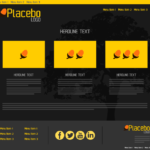
Themes
What they are: Themes control the design and layout of your website.
Think of it like: The interior decoration and style of your website, determining how it looks to visitors.
Note: The latest versions of WordPress enable us to build completely custom themes from scratch. However, this can add considerable time & cost to any project and in reality, most themes (like this one) can more easily be adapted to look unique by the simpler use of CSS.

Plugins
What they are: Plugins are add-ons that enhance the functionality of your WordPress site.
Think of it like: Apps on your phone – you can add new features and capabilities to your website without changing the core structure.
Note: At the time of writing there are nearly 60,000 free plugins for WordPress, enabling you to achieve pretty much any business or organisational goal you can think of. If you’d like to pose a ‘Can I ..?’ type question, please feel free to eMail us.
Pages
What they are: Pages are static, standalone content, like an ‘About Us’ or ‘Contact’ page.
Think of it like: Pages are like the rooms in your house, each serving a specific purpose.
Posts
What they are: Posts are timely, regularly updated content entries, like articles in a blog.
Think of it like: Posts are like newspaper articles – they keep your audience informed about the latest updates.
Note: Pages and Posts don’t all have to follow the same pattern. If for example you want to colour code different areas of your site, the Gutenberg editor allows that sort of flexibility. Nor are there any limits to the number of Pages and Posts you can publish.
Categories
What they are: Categories help organise and group similar posts together.
Think of it like: Categories are like sections in a library, making it easier to find related content.
Tags
What they are: Tags are more specific than categories, providing additional details about a post’s content.
Think of it like: Tags are like keywords, helping users find specific information within a category.
Note: Categories and Tags only apply to Posts, and it is strongly recommended you use them to apply a whole new level of navigability to your site. How? Because if you click on any Category or Tag associated with a Post, it automatically generates a new page that list all the articles associated with that word. Try it now by clicking on WordPress (open in new tab).
Menus
What they are: Menus allow you to organise and structure the navigation on your website.
Think of it like: Menus are like the map of your website, guiding visitors to different sections.

Widgets
What they are: Widgets are small blocks that perform specific functions, like displaying recent posts, a search bar, calls to action and anything else you can think of that you might want to repeat throughout your site.
Think of it like: Widgets are like decorations or tools you can add to the different areas of your website.
Note: We can pre-design & code Widgets to your precise specifications, so you only ever need to drop them in as desired. On this page alone, you’ll find numerous Widgets in the top bar, the footer bar and sidebar. The can also be placed in the main page area, as well as universal throughout the site or specific to certain pages they might apply to.
Dashboard
What it is: The Dashboard is the control centre of your WordPress site, where you manage everything.
Think of it like: The dashboard is like the cockpit of a car, where you control and monitor your website’s performance.
Note: Dashboards can get quite complex if your site uses lots of functions, but we can greatly simplify them for non-technical users, showing users only what they may need to control on a day to day basis. This article explains it in a little more (non-techie) detail.
Editor
What it is: The Editor is where you create and edit your content, whether it’s a page or a post.
Think of it like: The editor is like a word processor where you write and format your website’s content.
Note: The Gutenberg Editor in WordPress is incredibly simple to use, and if you’re used to writing emails or word processed documents you’ll be up & running in no time at all. Additionally, we can pre-program your content to look consistently cool by using drop in templates – all you then need to do is change the placebo text, photos, videos and anything else.
Taxonomies
What they are: Taxonomies are a way of grouping and organising content, including categories and tags.
Think of it like: Taxonomies are like the filing system for your website, helping you categorise and find content easily.
Note: Taxonomies is a bit of a confusing term, but all it really means is lists or words associated with the content of your site. Every time you add a new Category or Tag for example, you’re effectively adding to the database. Moreover, we can pre-prepare completely customised taxonomies based on custom post types relevant to your specific criteria. This article illustrates the concept in a little more (non-techie) detail.
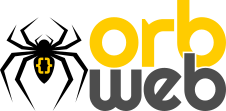
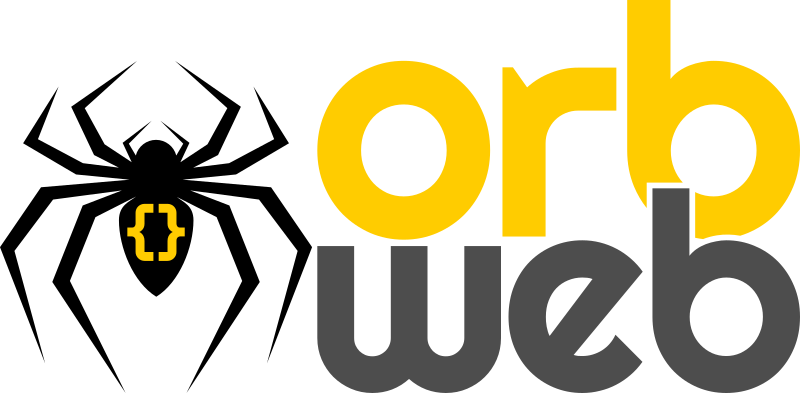

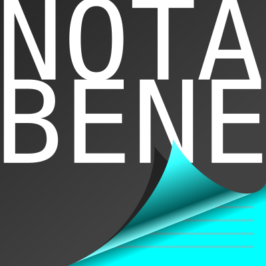

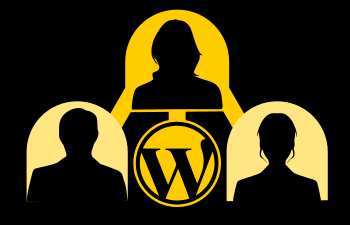
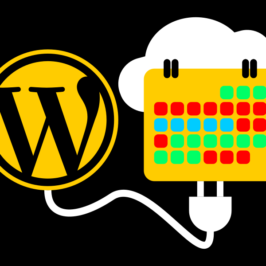
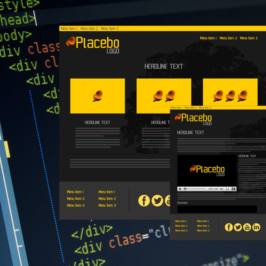
Leave a Reply